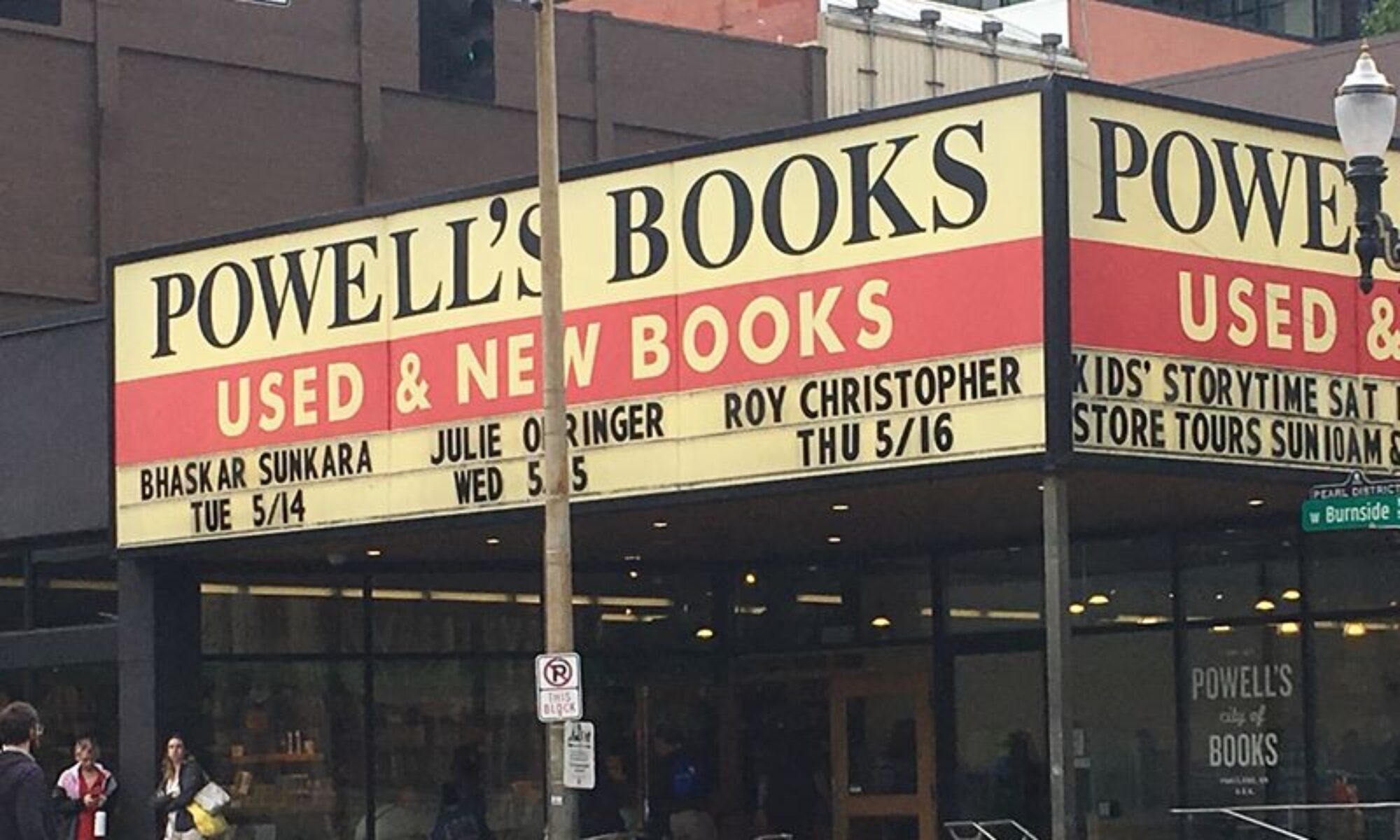Advertising space being sold on our foreheads notwithstanding, we still live in a multimedia world where attention is the currency in trade. A couple of years ago, Doug Rushkoff sat down with John Brockman for a discussion about media, branding, choices, and what the “self” means among them. Seemingly mundane but paramount to our musing here, the question comes up as to what kind of shoes represent The Thing That Doug Calls “Doug.”
If you follow the theories on the spectacle in which we live (e.g., The Situationists, Jean Baudrillard, Adbusters and their ilk, etc.), we’ve gone from Being to Having to Appearing to Have (i.e., everything is fucked). How does one make choices in this milieu?
No, really. What makes one of us where a Billabong sweatshirt as opposed to an Old Navy sweatshirt? (Wouldn’t the owners of those brands like to know!)
To be fair, branding does add value to the empire of signs. If you have a history with and trust the name on one box over another, you’re better informed to make a choice than if you know nothing about any of the names on any of the boxes. Now a Billabong sweatshirt is not likely to cover your torso any better than an Old Navy sweatshirt, but I’m trying to avert taking a tangential leap into identity politics. I just want to make it clear that I’m not talking about ridding the world of brands and marketing. I’m talking about the mysteries at play in this game — the mysteries of agency and choice in a world where we literally “pay attention.”
As an aging skateboarder/BMXer, I dress ready to ride. I’ve never really worn anything that wouldn’t qualify as “play clothes.” I haven’t really had to dress up for anything on a regular basis in several years, so I’m able to get away with this attire. I wear almost the same thing every day. I hate messing with my hair, so I usually where a baseball-style cap. I live in a warm, temperate climate, so I wear T-shirts. I prefer Dickies workpants because they’re all-purpose (I can teach in them, skate in them, chill in them, and, in the off-chance that the occasion should arise, I can dress up in them), they’re comfortable, and they come in many eye-pleasing colors. I wear Vans Geoff Rowley signature model shoes for many of the same reasons: they’re comfortable, they’re perfect to skate in, their gummy soles don’t slip off the pedals of my bike, and they come in several colors (I have four pairs of them). There are a few deviations once in a while, but for the most part, that’s how I dress on a daily.
Okay, the hats and the T-shirts I wear are usually emblazoned with company logos, slogans, band names, etc. This makes me a walking billboard on most days of the week. Am I selling ad space on my clothing? No, I’m buying clothing that acts as advertising. Some of this stuff is given to me, but for the most part I choose to advertise for certain brands (How does that stack up against selling ad space on one’s forehead?). My point again being that this mass mixture of brands is our culture. There’s no going back.
Brief aside: Skateboarding offers an intriguing microcosm for the exploration of these issues. Among skateboards and skateboard parts and accessories, the product differentiation is infinitesimal. All consumer choices are made on the strength of brand identities. Skateboarding brand identity is mostly a product of who’s on the team. Obviously, there are other factors involved, but for the most part skateboarders identify with the pros who ride for a given brand, and their purchasing choices are based on this identification. It’s the ultimate example of having paid representatives.
So, where does this leave us? For the sake of brevity, I leave you with a quote from my friend Lew from a discussion we had about these issues a couple of years ago:
I am me. The definition of who I am changes continuously. The world I live in is just not black and white: ‘That’s good, That’s evil. Those guys suck. These guys are cool.’ etc. I think it would be pretty boring if it were not for the myriad of color and dimensions available in this world. I might not like Sony’s practices when it comes to, say, overzealous protection of so-called copyrighted material. But I cherish my Sony PC5 mini digital camera, and my Sony minidisc player, and the new Phantom Planet record.

